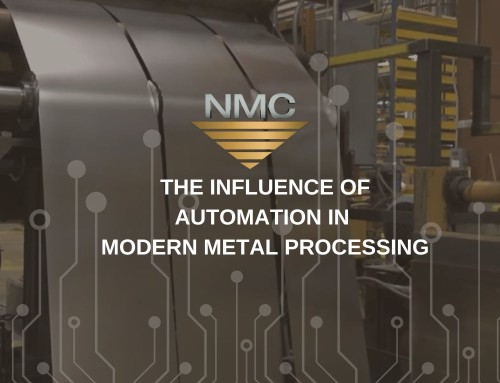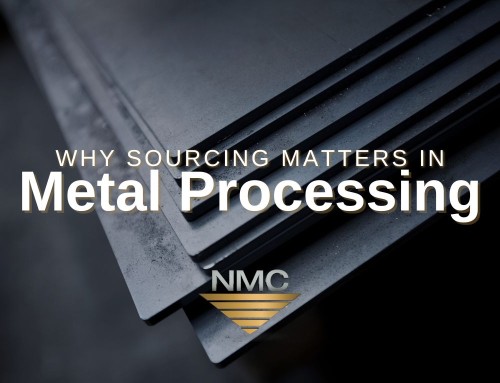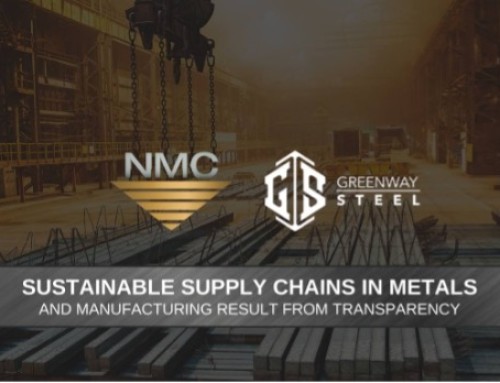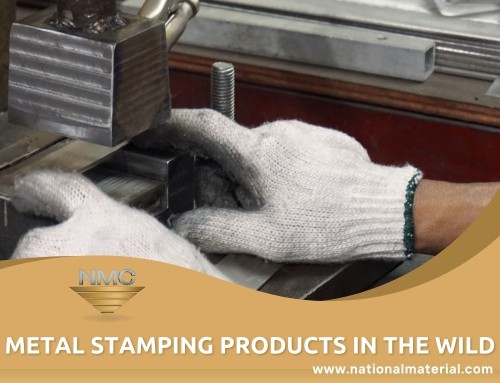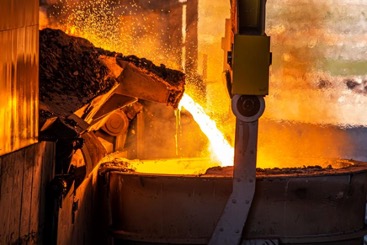
It is easy to take the miracle of mass-produced steel for granted. Just in 2019, 1869.9 million tons (Mt) of steel rolled out of facilities and into our appliances, cars, planes, buildings, roads, and beyond. Yet, the steel processing that we enjoy today has been a work in progress for centuries, a work that, today, is evolving towards greener, more eco-friendly production.
What steps go into the processes that shape and support our world?
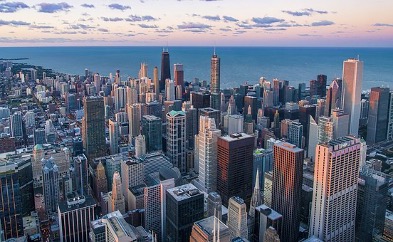
Raw Materials:
As has been done in the past, much of today’s steel processing begins with mined raw materials: iron ore, coal, and limestone. The molten iron produced from these initial materials are transformed into steel using a basic oxygen furnace or a modern electric arc furnace
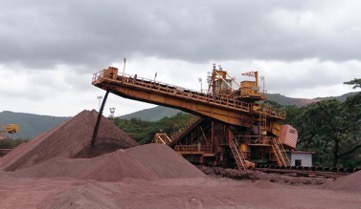
However, the steel industry’s commitment to green processes means that every year in the United States, 70 million tons of steel are recycled, producing astonishing energy and raw material savings by the American Steel industry. According to World Steel, “A basic oxygen furnace can be charged with as much as 30% steel scrap. An electric furnace can be charged with 100% steel scrap. On average, new steel products contain 37% recycled steel.”
Refining, Adjusting, and Casting:
After the production of molten steel, a flurry of different processes can be applied, the most basic of which is when elements are either added or taken away to manipulate the final characteristics of the steel. Currently there are over 3,000 steel grades, each with a different balance of elements and heating adjustments to produce the desired properties. This includes the advanced high-strength steel grades.
When finished undergoing secondary steel making processes, molten steel is cast into “semifinished” billet, bloom, or slabs preparing the steel for its final physical shape.
Forming, Fabricating, and Finishing:
Afterwards, steel processing service centers take steel billets, blooms, and slabs and create deliverable steel products. This includes forming steel through hot rolling and cold rolling, and applying processes such as:
- Steel Blanking
- Steel Pickling
- Steel Slitting
- Shearing
- Leveling
- Milling
- Saw Cutting
- Drilling
- Flame Cutting
- Tumbler
- Burning
The steel service centers then deliver the steel to final manufacturers who will transform it into a final, consumer product such as automobiles and appliances.
Coming full circle:

As mentioned earlier, The EPA estimates that nearly 70% of U.S. steel is recycled, meaning that the life cycle and processing of steel never truly ends, but begins again to create a healthier environmental future.
About NMC’s parent company: NMLP
Since its founding in 1964, National Material Limited Partnership (NMLP) has grown to over 30 business units and is now one of the largest suppliers of steel in North America. The National Material group of industrial businesses consists of the Steel Group, Stainless and Alloys Group, Raw Material Trading Group, Aluminum Group, and Related Operations.
Become an NMC customer today! Visit NMC at www.nationalmaterial.com. You can contact sales via our website or call us at 847-806-7200.

